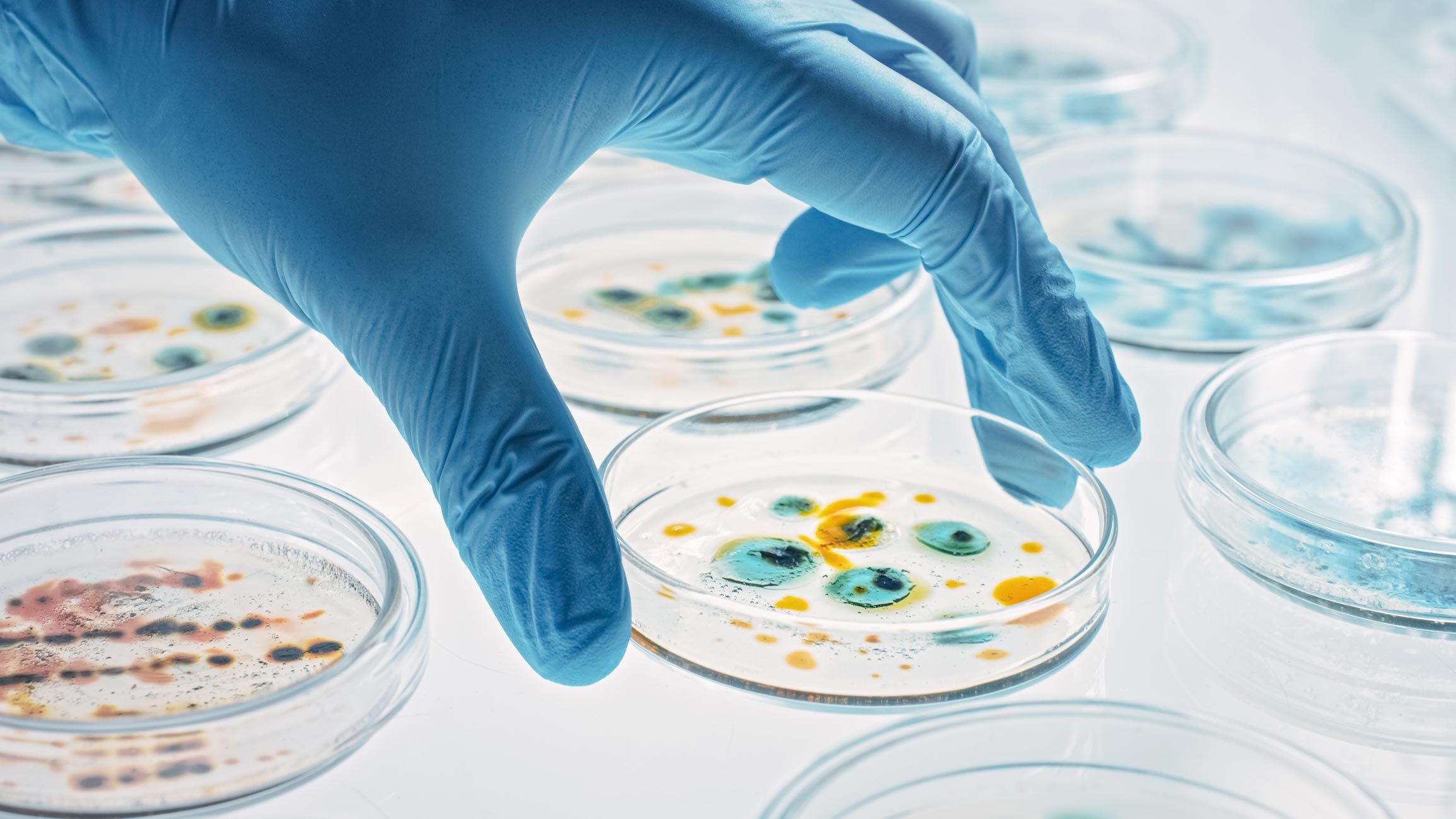
The proangiogenic potential of a calcium composite
DESCRIPTION
Insufficient angiogenesis remains a major hurdle in current bone tissue engineering strategies.
An extensive body of work has focused on the use of angiogenic factors or endothelial progenitor cells.
However, these approaches are inherently complex, in terms of regulatory and methodologic implementation, and present a high cost.
We have recently demonstrate the potential of electrospun poly(lactic acid) (PLA) fiber-based membranes, containing calcium phosphate (CaP) ormoglass particles, to elicit angiogenesis in vivo, in a subcutaneous model in mice. Here we have devised an injectable composite, containing CaP glass-ceramic particles, dispersed within a (Hydroxypropyl)methyl cellulose (HPMC) matrix, with the capacity to release calcium in a more sustained fashion.
We show that releasing of calcium in vivo, in a rat bone defect model, we could improve both bone formation and increase angiogenesis.
The bone regeneration kinetics depended on the Ca2+ release rate, with the faster Ca2+ release composite gel showing improved bone repair at 3 weeks.
In the same line, improved angiogenesis could be observed for the same gel formulation at 6 weeks post implantation.
This methodology allows to integrate two fundamental processes for bone tissue regeneration while using a simple, cost effective, and safe approach.